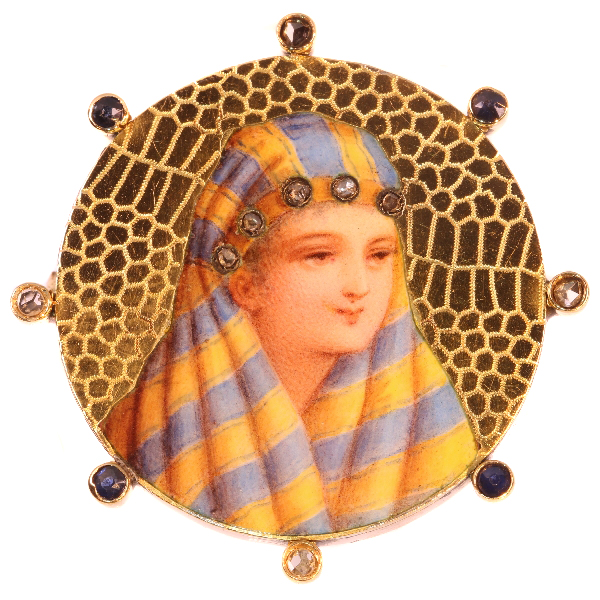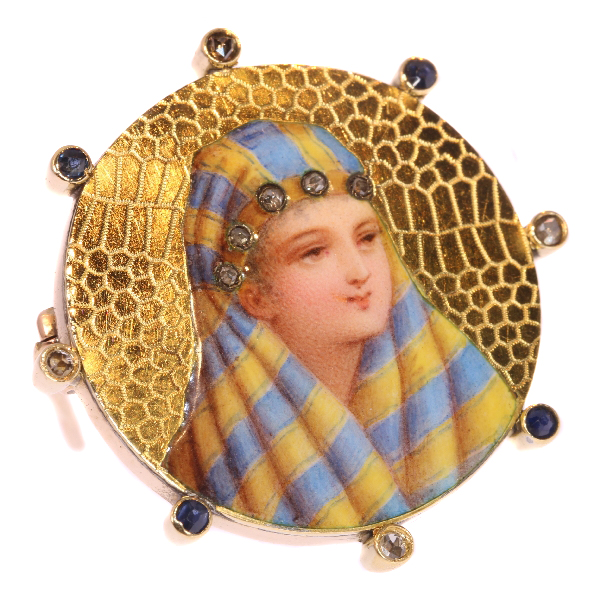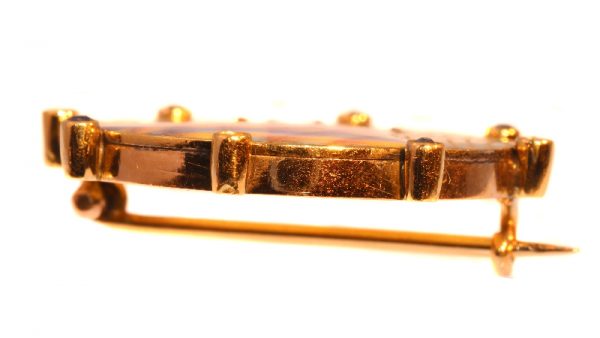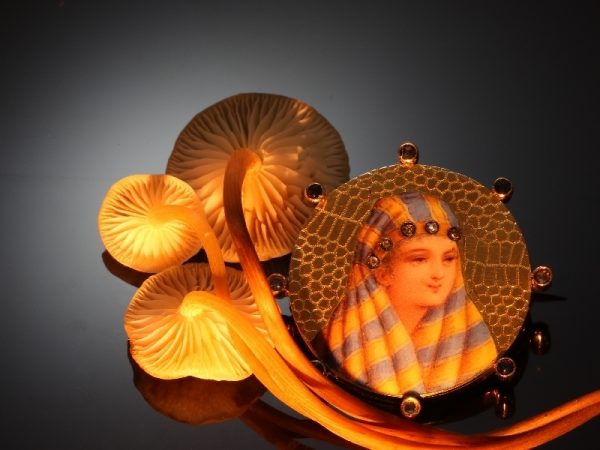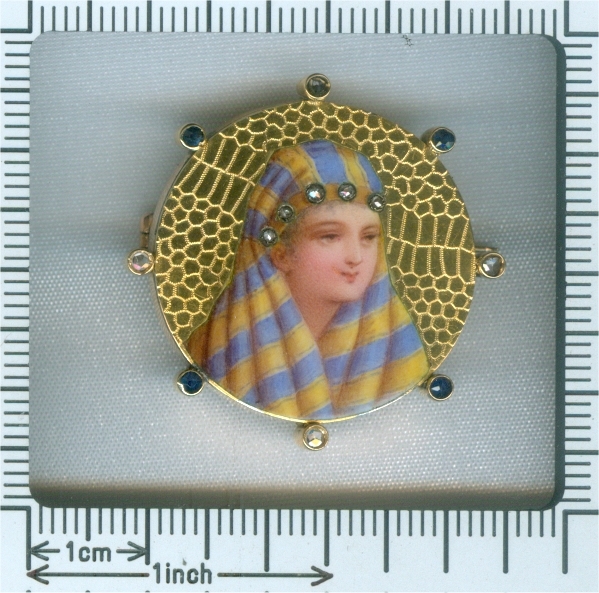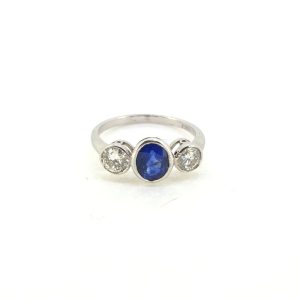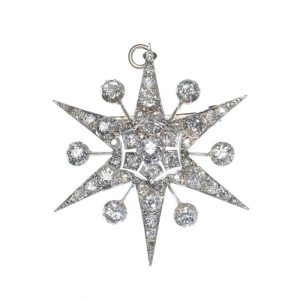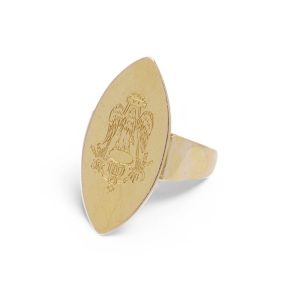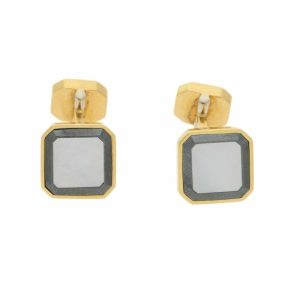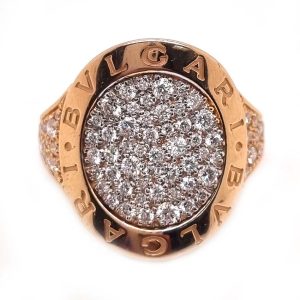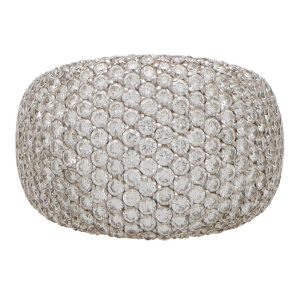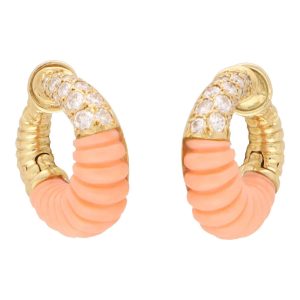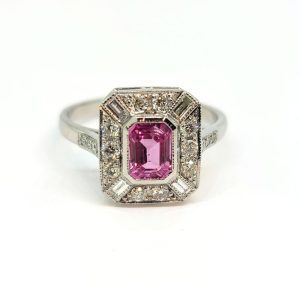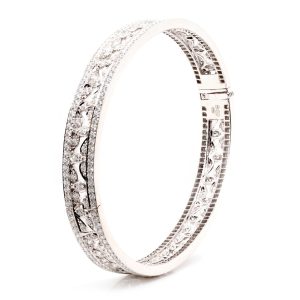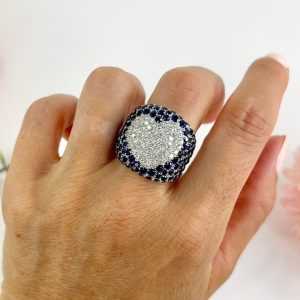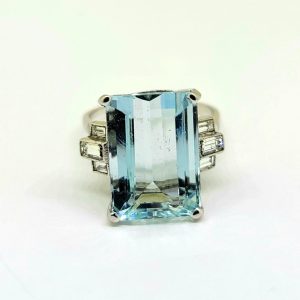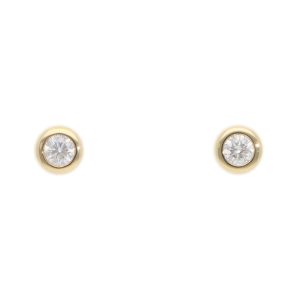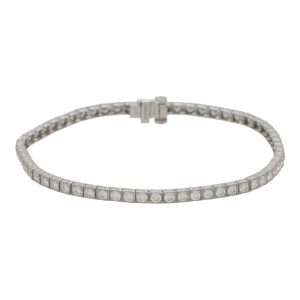Antique Victorian Gold Enamelled Bedouin Woman Brooch
Antique jewellery object group: brooch
Condition: very good condition
Country of origin: Although it does not carry any legible control marks we believe this to be of Belgian origin.
Style: something between the Late-Victorian and Belle Epoque style – Victorian decorative arts refers to the style of decorative arts during the Victorian era. The Victorian era is known for its eclectic revival and interpretation of historic styles and the introduction of cross-cultural influences from the middle east and Asia in furniture, fittings, and Interior decoration.
Victorian design is widely viewed as having indulged in a regrettable excess of ornament.
And the Belle √âpoque style (Belle √âpoque is French for “Beautiful Era”) was a period in European social history that began during the late 19th century and lasted until World War I. Occurring during the time of the French Third Republic and the German Empire, the “Belle √âpoque” was named in retrospect, when it began to be considered a “golden age” the major powers of Europe, new technologies improved lives and the commercial arts adapted Renaissance and eighteenth-century styles to modern forms. In the newly rich United States, emerging from the Panic of 1873, the comparable epoch was dubbed the Gilded Age. In the United Kingdom, this epoch overlaps the end of what is called the Victorian Era there and the period named theEdwardian Era.
Style specifics: The Late or Aesthetic Victorian Period – Experts divide the reign of Queen Victoria, also called The Victorian era (1837-1901) into three periods of about twenty years each; The Romantic Victorian Period (1837 – 1860), The Grand Victorian Period(1860 – 1880), and the Late or Aesthetic Victorian Period (1880 – 1901).
We consider this to be of The Late or Aesthetic Victorian Period.
Jewellery of this period is changing back from heavy to more smaller, romantic pieces with often whimsical motifs. Jewellers using diamonds and bright gemstones in elaborated and fine feminine pieces.
Period: ca. 1900
Theme: Bedouin woman
Material: 18ct yellow gold
Technique: Enamelling is an old and widely-adopted technology. The ancient Egyptians applied enamels to pottery and stone objects. The ancient Greeks, Celts, Russians, and Chinese also used enamelling processes on metal objects. Enamel is the colourful result of fusing powdered glass to a substrate by firing, usually between 750 and 850 degrees Celsius. The powder melts and flows and hardens to a smooth, durable vitreous coating on metal, glass or ceramic. According to some sources, the word enamel comes from the High German word smelzan (to smelt) via the Old French esmail. Used as a noun, “an enamel” is a usually small decorative object, coated with enamel coatings, such as a champlev√© or a cloisonn√© (different techniques).
Diamond(s): Nine rose-cut diamonds and senailles. A senaille is a simplified rose cut diamond, a small diamond chip with perhaps a few polished facets. We do not have the weight of the rose cuts diamonds nor the senailles which is normal in our trade when it comes to rose cut diamonds and senailles.
Precious stones: Four sapphires. We did not check if the sapphires are lab produced or not as this information has no influence on the value of this jewel. Natural sapphires and lab produced sapphires were both used in this era, rather more for their effect than for their intrinsic value.
Birthstones: Diamond is the birthstone (or month stone) for April and sapphire for September.
Hallmarks: No trace.
Dimensions: diameter 3,16 cm (1,24 inch)
Weight: 10,30 gram (6,62 dwt)
Product SKU
JDAD-18079-0229
£4,250
1 in stock
Antique Victorian Gold Enamelled Bedouin Woman Brooch
Price: £4,250 | Product SKU: JDAD-18079-0229
Please use the form below to enquire about this item. Alternatively you can call us directly on 020 7438 2046 or email us at [email protected].

